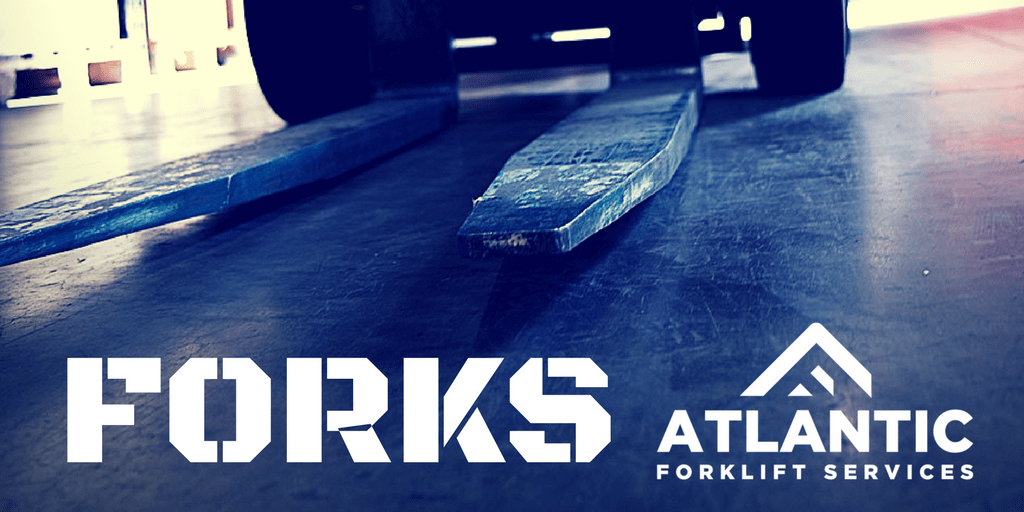
It’s called a FORKlift. They’re right there in the name of the truck.
Yet, forklift forks are frequently the forgotten piece of the puzzle when it comes time for inspecting and maintaining a lift.
Think about it. The forks do all the heavy work, they get dragged on the floor and make hard contact with the materials they are moving, not to mention the impact with walls and shelving as loads are delivered or picked up.
Your forks are the forgotten heroes.
You’re told to inspect your forks at the beginning of every shift but that rarely happens. OSHA even directs you to give them a thorough inspection by an experienced professional periodically.
Still, your lifts continue to silently do their job, without a single complaint.
Isn’t it time you paid some attention to your forks?
Start with a once-over looking for excessive wear. Over time, the thickness of your forks will decrease. This happens through normal forklift use over time. If your lifts’ thickness has decreased by 10%, it’s probably time to replace them.
We mentioned all the impacts and stress the forks experience. These collisions cause wear as well and can cause actual fractures and gashes in the metal. Pay special attention to the areas closest to the bend, and the truck itself. If you find a fracture, it’s time.
The tips of the forks are the first and last thing to come into contact with the materials you are moving. That causes wear. You’ll know excessive tip damage when you see it in the form of chips, gouges or cracks. Replace those forks if they are compromised in any way.
Your forks were delivered to you bent in a 90-degree angle. Check them now. Anything less, or more, than 90 degrees means those forks have to go.
Finally (and this is by no means the end of the inspection, but the areas where you will find the most obvious signs of wear) the tips of your forks should be even- at the same height. After some wear and use, the blades should still be very close to even. The rule is the blade height differential should be within three percent of the length of the forks. For example, standard forks are 42 inches long. That makes the acceptable difference in the height of the tips would be 1.26 inches.
There’s more. Stop neglecting your forks and contact our experts and technicians at (704) 842-3242 for the full inspection details, and if necessary, the replacement forks.
